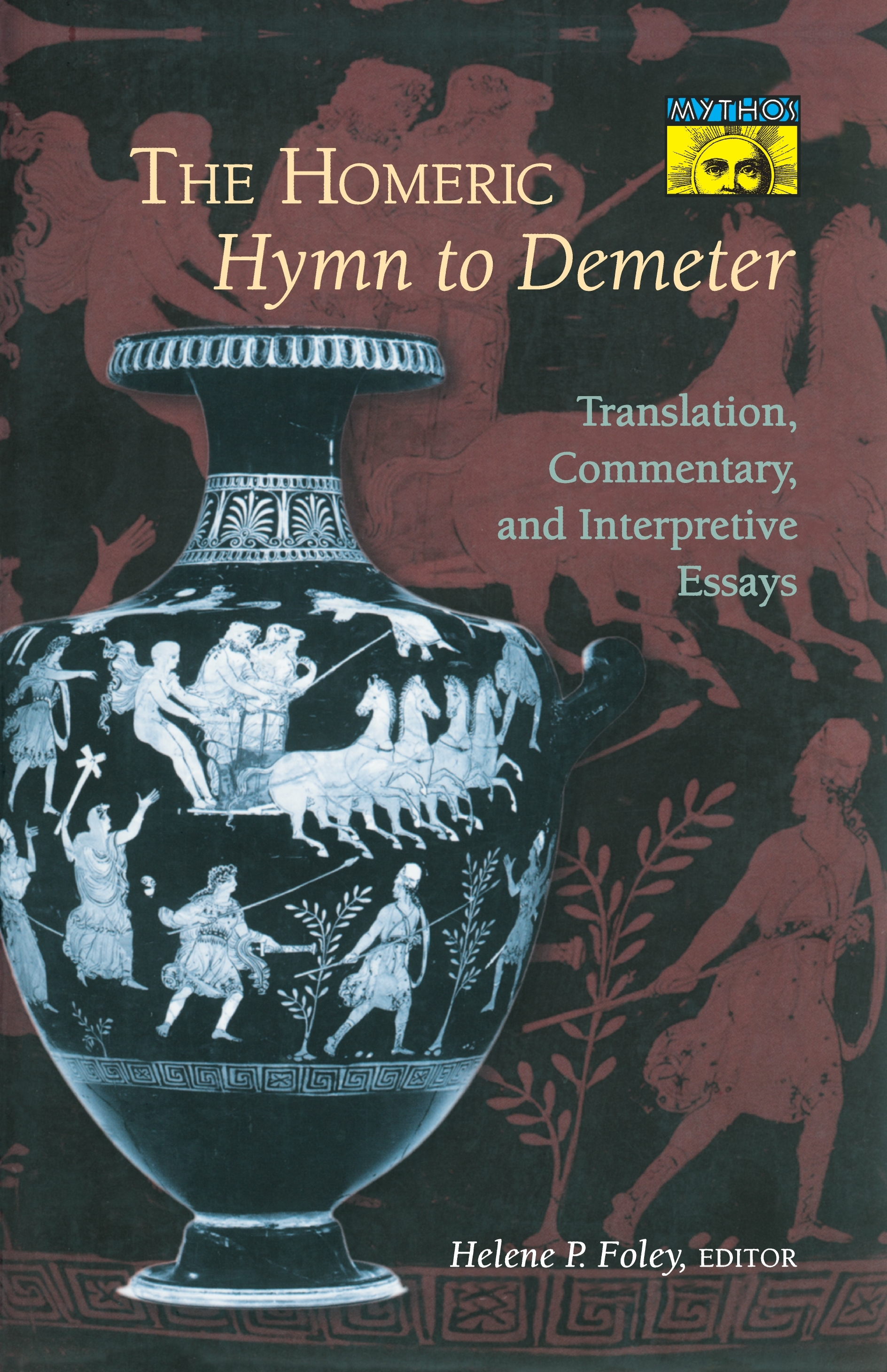
She was identified by the Romans as the Italic goddess Libera, who was conflated with Proserpina. In Latin, her name is rendered Proserpina. Her name has numerous historical variants. The city of Epizephyrian Locris, in modern Calabria (southern Italy), was famous for its cult of Persephone, where she is a goddess of marriage and childbirth in this region. In Athens, the mysteries celebrated in the month of Anthesterion were dedicated to her. The origins of her cult are uncertain, but it was based on ancient agrarian cults of agricultural communities. Persephone as a vegetation goddess and her mother Demeter were the central figures of the Eleusinian Mysteries, which promised the initiated a happy afterlife.


She may appear as a mystical divinity with a sceptre and a little box, but she was mostly represented in the process of being carried off by Hades. In Classical Greek art, Persephone is invariably portrayed robed, often carrying a sheaf of grain. The myth of her abduction, her sojourn in the underworld, and her temporary return to the surface represents her functions as the embodiment of spring and the personification of vegetation, especially grain crops, which disappear into the earth when sown, sprout from the earth in spring, and are harvested when fully grown.

She became the queen of the underworld after her abduction by and marriage to her uncle Hades, the king of the underworld. In ancient Greek mythology and religion, Persephone ( / p ər ˈ s ɛ f ə n iː/ pər- SEF-ə-nee Greek: Περσεφόνη, romanized: Persephónē), also called Kore or Cora ( / ˈ k ɔːr iː/ KOR-ee Greek: Κόρη, romanized: Kórē, lit.'the maiden'), is the daughter of Zeus and Demeter.


 0 kommentar(er)
0 kommentar(er)
